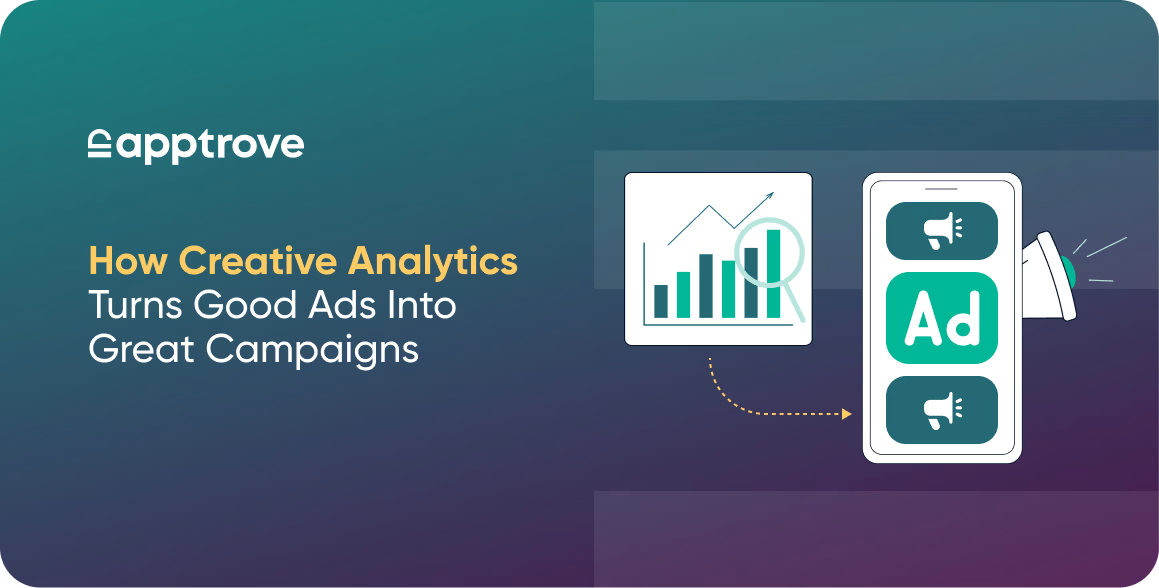Trove Insights
Blogs

Mobile Game Ads: How to Play the Right Strategy for Maximum ROI
If you have ever been curious about how mobile games generate revenue, the answer is simpler than you might think: ads. Mobile game ads are not just filler between levels or a fast distraction during downtime; they actually represent one of the most effective levers for marketers to reach engaged,

Mobile Marketing Mix in 2025: Strategies, Challenges, and How Apptrove Helps You Win
In 2025, over 70% of the time dedicated to digital media occurs on mobile devices, yet a mere 35% of ad budgets are allocated on mobile-first strategies. This disparity indicates a tremendous opportunity for marketers who can optimize their mobile marketing mix. Mobile users are everywhere and they expect seamless

Mobile Marketing QR Codes: Dynamic Strategies for Measurable App Growth
Smartphones have become the most powerful connection between brands and consumers. Push notifications, deep linking, and in-app ads often receive the most attention, however, the most undervalued yet effective form of mobile marketing is the QR code. QR codes first appeared in the consumer market for marketing purposes around 2011.

Mobile Retargeting: Boost App Re-Engagement with Retargeting Ads
Did you know nearly 71% of app users churn within 90 days after they install an app? That’s an astounding stat, and it’s one that many app marketers have to face. Sure, acquiring users is challenging, but getting them to stay engaged is even more challenging, and that’s where mobile

App Clips: The Here-and-Now of Mobile Experiences
It is something you have experienced. That annoyance when you have to install an app in order to complete a simple task. It could be to pay parking, make a one-off purchase, unlock a rental bike. You hesitate and probably, you have quit the process completely. You don,t walk alone.

Audience Segmentation Examples That Make Your Users Feel Like You ‘Get’ Them
Not all users behave the same. You will have some who open your app every day, some who only appear once on the weekend and others who churn after just a single interaction. Beam them the same message and it is no longer effective. What you need is a smarter

How Creative Analytics Turns Good Ads Into Great Campaigns
You’ve built a campaign with sharp copy, striking visuals, and polished creative assets. It looks like a winner, until the performance metrics come in. Click‑throughs are modest, conversions are weak, and your budget is vanishing faster than you’d like. In April 2025 the average CTR of the mobile apps in

Creative Strategy Isn’t Just Design. It’s the Engine of Your App Marketing Campaigns
If you’ve ever experienced a mobile app campaign that seemed promising but ultimately underperformed, you’re not alone. It’s one of the most disappointing truths in mobile marketing: you just spent hours testing formats, writing copy, and crafting beautiful ad creatives, only to see your KPIs crashing. Low click-through rates. High


